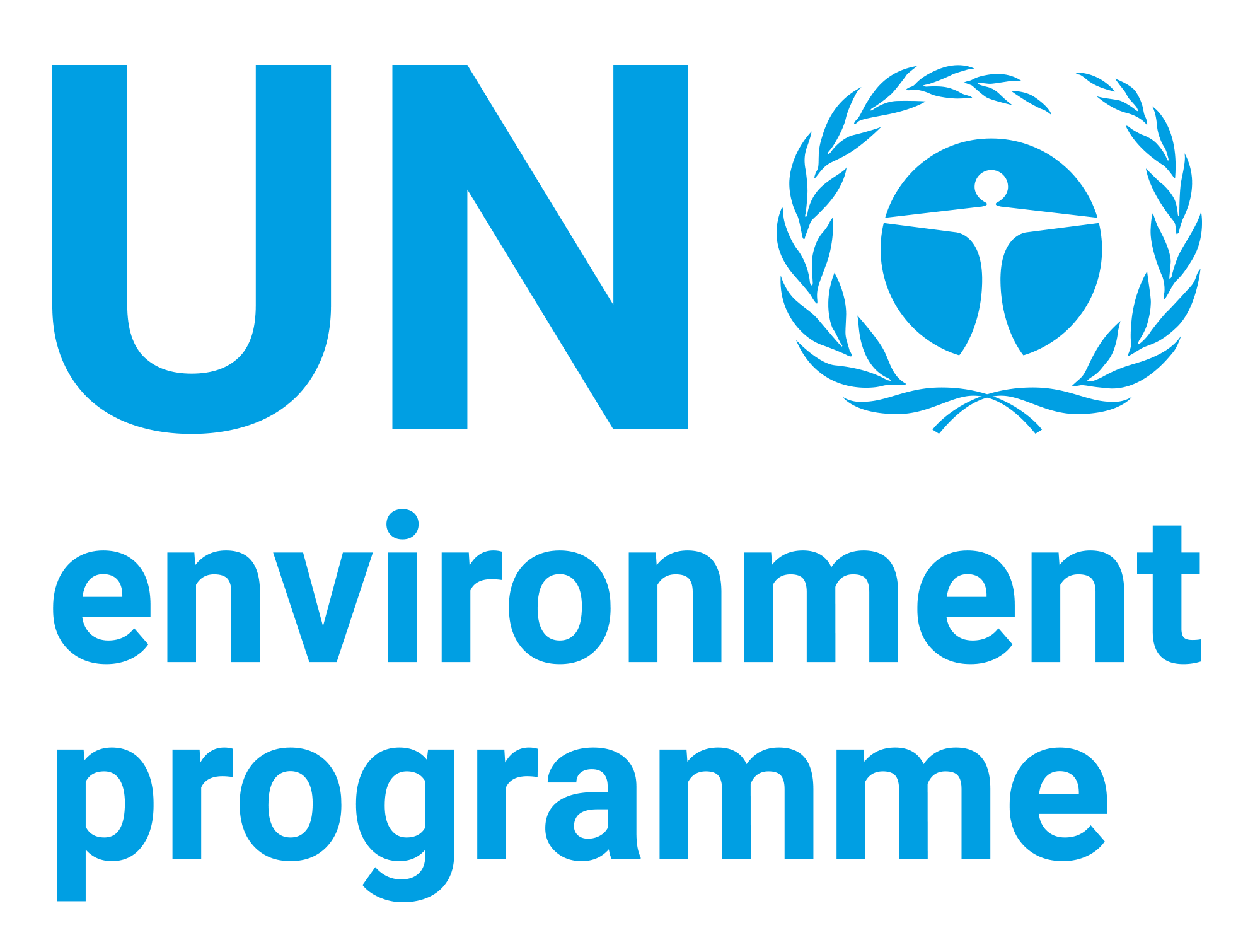Update on the Global Status of Legal Limits on Lead in Paint: September 2017

Date
2017-10Author
United Nations Environment Programme
Citation Tool
Bibliographic Managers
RT Generic T1 Update on the Global Status of Legal Limits on Lead in Paint: September 2017 A1 United Nations Environment Programme YR 2017-10 LK https://wedocs.unep.org/20.500.11822/22001 PB AB This update is provided by the United Nations Environment Programme (UN Environment) in support of the Global Alliance to Eliminate Lead Paint (Lead Paint Alliance). UN Environment and the World Health Organization serve as the joint secretariat for this international voluntary, collaborative initiative (See Resource 1). “Lead paint” is paint or similar surface-coatings to which one or more lead compounds have been added. The primary goal of the Lead Paint Alliance is to prevent children’s exposure to lead from paints and to minimize occupational exposures to lead paint. The most effective means of preventing lead exposure from paints is to establish national laws, including legislation, regulations and/or legally binding standards as appropriate, that ban the use of lead additives in paints. Therefore, the goal of the Alliance is for all countries to have lead paint laws in place as soon as possible. TY - GEN T1 - Update on the Global Status of Legal Limits on Lead in Paint: September 2017 AU - United Nations Environment Programme Y1 - 2017-10 UR - https://wedocs.unep.org/20.500.11822/22001 PB - AB - This update is provided by the United Nations Environment Programme (UN Environment) in support of the Global Alliance to Eliminate Lead Paint (Lead Paint Alliance). UN Environment and the World Health Organization serve as the joint secretariat for this international voluntary, collaborative initiative (See Resource 1). “Lead paint” is paint or similar surface-coatings to which one or more lead compounds have been added. The primary goal of the Lead Paint Alliance is to prevent children’s exposure to lead from paints and to minimize occupational exposures to lead paint. The most effective means of preventing lead exposure from paints is to establish national laws, including legislation, regulations and/or legally binding standards as appropriate, that ban the use of lead additives in paints. Therefore, the goal of the Alliance is for all countries to have lead paint laws in place as soon as possible. @misc{20.500.11822_22001 author = {United Nations Environment Programme}, title = {Update on the Global Status of Legal Limits on Lead in Paint: September 2017}, year = {2017-10}, abstract = {This update is provided by the United Nations Environment Programme (UN Environment) in support of the Global Alliance to Eliminate Lead Paint (Lead Paint Alliance). UN Environment and the World Health Organization serve as the joint secretariat for this international voluntary, collaborative initiative (See Resource 1). “Lead paint” is paint or similar surface-coatings to which one or more lead compounds have been added. The primary goal of the Lead Paint Alliance is to prevent children’s exposure to lead from paints and to minimize occupational exposures to lead paint. The most effective means of preventing lead exposure from paints is to establish national laws, including legislation, regulations and/or legally binding standards as appropriate, that ban the use of lead additives in paints. Therefore, the goal of the Alliance is for all countries to have lead paint laws in place as soon as possible.}, url = {https://wedocs.unep.org/20.500.11822/22001} } @misc{20.500.11822_22001 author = {United Nations Environment Programme}, title = {Update on the Global Status of Legal Limits on Lead in Paint: September 2017}, year = {2017-10}, abstract = {This update is provided by the United Nations Environment Programme (UN Environment) in support of the Global Alliance to Eliminate Lead Paint (Lead Paint Alliance). UN Environment and the World Health Organization serve as the joint secretariat for this international voluntary, collaborative initiative (See Resource 1). “Lead paint” is paint or similar surface-coatings to which one or more lead compounds have been added. The primary goal of the Lead Paint Alliance is to prevent children’s exposure to lead from paints and to minimize occupational exposures to lead paint. The most effective means of preventing lead exposure from paints is to establish national laws, including legislation, regulations and/or legally binding standards as appropriate, that ban the use of lead additives in paints. Therefore, the goal of the Alliance is for all countries to have lead paint laws in place as soon as possible.}, url = {https://wedocs.unep.org/20.500.11822/22001} } TY - GEN T1 - Update on the Global Status of Legal Limits on Lead in Paint: September 2017 AU - United Nations Environment Programme UR - https://wedocs.unep.org/20.500.11822/22001 PB - AB - This update is provided by the United Nations Environment Programme (UN Environment) in support of the Global Alliance to Eliminate Lead Paint (Lead Paint Alliance). UN Environment and the World Health Organization serve as the joint secretariat for this international voluntary, collaborative initiative (See Resource 1). “Lead paint” is paint or similar surface-coatings to which one or more lead compounds have been added. The primary goal of the Lead Paint Alliance is to prevent children’s exposure to lead from paints and to minimize occupational exposures to lead paint. The most effective means of preventing lead exposure from paints is to establish national laws, including legislation, regulations and/or legally binding standards as appropriate, that ban the use of lead additives in paints. Therefore, the goal of the Alliance is for all countries to have lead paint laws in place as soon as possible.View/Open
Item Statistics
Display item statisticsMetadata
Show full item recordDocument Viewer
To read more, scroll down below.

